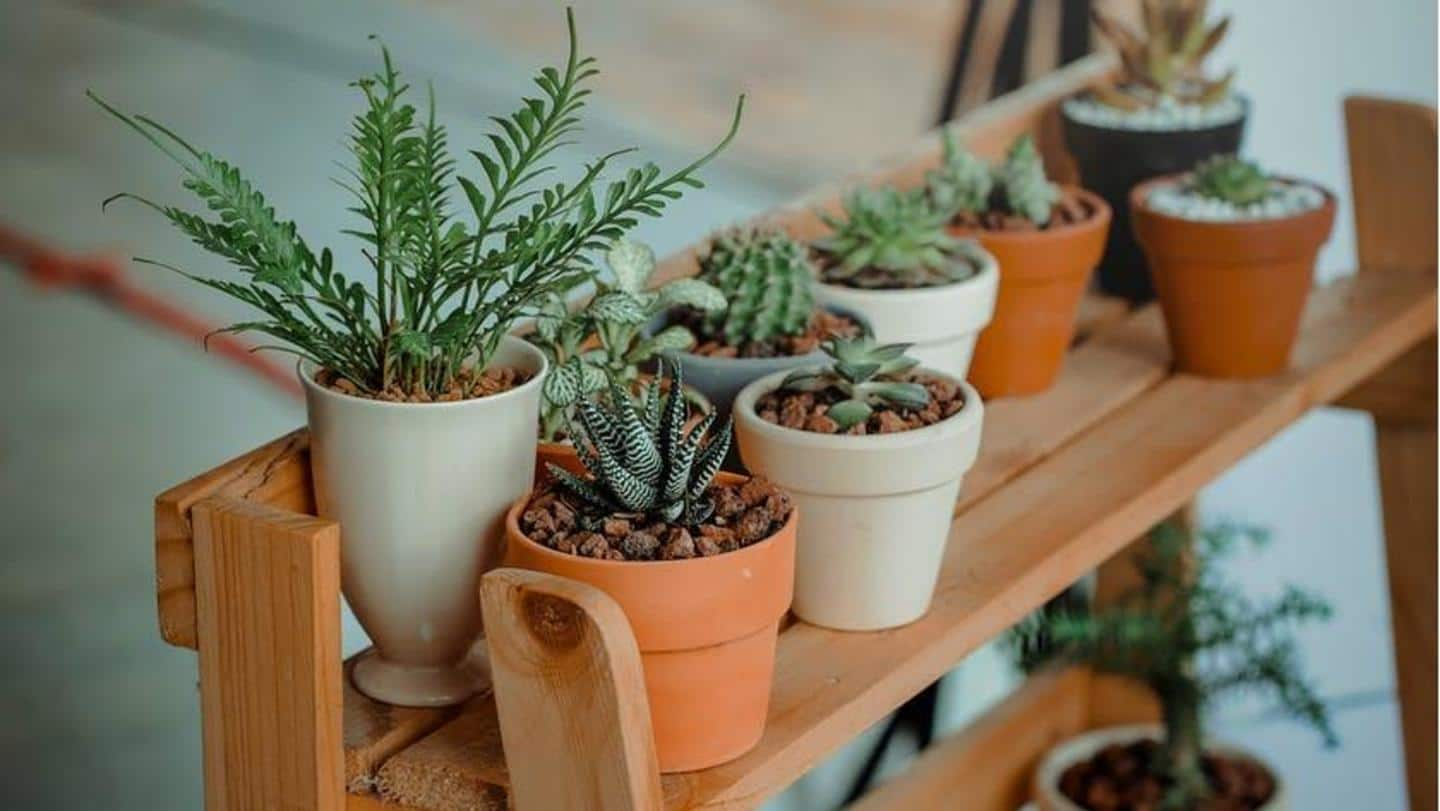
Plants need special care during monsoon. These tips can help
What's the story
Monsoon is here, and just as our skin needs extra attention during this time, our beloved plants also need equal love and pampering. Although monsoon is the perfect time for planting, with low temperature and high humidity allowing roots to grow well, there are a few things plant parents must keep in mind. Follow these tips to care for your plants this season.
Watering
Avoid overwatering and water in moderation
The soil always remains wet during the monsoon season as there is enough moisture in the air, less sunlight, and more rainfall. Therefore, avoid overwatering your plants and water moderately only when the soil dries up to prevent the decaying of plants. Make sure the pots have a hole at the bottom to allow the excess water to drain out.
Faster growth
Pruning and trimming is essential
Monsoon is the perfect time to groom your plants and replant saplings or cuttings. Prune your plants by trimming off dead leaves or extra stems to promote faster and healthier growth and keep them safe from parasites. It is advisable to prune your plants and trees before the monsoon begins, to disable new flowers and leaves from growing midway.
Neem oil
Use organic fungicides
Plants are prone to fungal attacks, worms, and soil infections during the monsoon season. Check the plant beds carefully every week for any infections. Don't forget to use an organic fungicide or pesticide once every 10-15 days to keep pests, fungus, and diseases at bay and maintain the health of your plants. You can also spray neem oil over the leaves to avert infections.
Sunlight
Protect your plants from direct rainfall
It is difficult to provide sufficient sunlight to plants during the rainy season as it's mostly gloomy. You can move your plants twice or thrice a week to sunny spots or use artificial light sources to stop the growth of monsoon insects. Cover your planters with perforated sheets to protect the plants from heavy rain and to prevent soil erosion.
Potting
Things to remember while potting
Before you start potting a plant, mix two parts of soil and one part of cow dung. Fill the pot with soil to the brim, to keep water clogging the surface in check. Also, check the pot's drainage hole to ensure excess water can drain out in case the pot accumulates rainwater. Remember to move your pots around occasionally to prevent excess water collection.